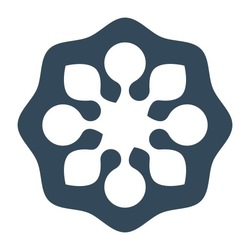Loire Cabernet Franc: Who Do You Think You Are?
Domaine des Roches Neuves (Thierry Germain)
Les Mémoires Saumur-Champigny Cabernet Franc 2020
The 2020 Les Mémoires is a round and elegant Cabernet Franc. It's a not-trying-hard wine that exudes a sense of calm and ease as it rolls around your mouth seamlessly. Maybe it's the 100-year-old vines doing their thing. There's no oak getting in the way, allowing the purity of fruit to shine. It remains true to its variety and place, while its light spice meets dark fruits. Forget the fruit flavors, this is all about refined texture and its fine, chalky, powdery veil of tannins lightly coating the palate. Long and textural, this is not a wine you'll regret... (Rebecca Gibb MW, Vinous, August 2022)
— 3 years ago
Domaine Bernard Baudry
Chinon Cabernet Franc Rosé 2021
With no skin contact, just pressing, the 2021 Rosé Chinon is a totally dry, firm and direct style leaving no compromise. Fermented in cement but left on lees with no sulphur added, there's a hint of oxidative character. The ose presents a nutty, pastry note as well as dried apples alongside subtle red fruit. A savory, pale salmon-hued rosé with some phenolic firmness. (Rebecca Gibb MW, Vinous, August 2022)
— 3 years ago



Delectable Wine

Follow to learn about our favorite wines & people.
The 2021 Rosé is done in the saignée method, sourced from all the tanks of Domaine Olga Raffault reds. The result is round and generous, providing a sense of softness in the mouth. In terms of flavors, there's red fruit, pear drop and a touch of savoriness. There's plenty of freshness here, but it's balanced and appetizing with a little grip on the finish which keeps things moving along. Lots of pleasure and balance. (Rebecca Gibb MW, Vinous, August 2022)
— 3 years ago